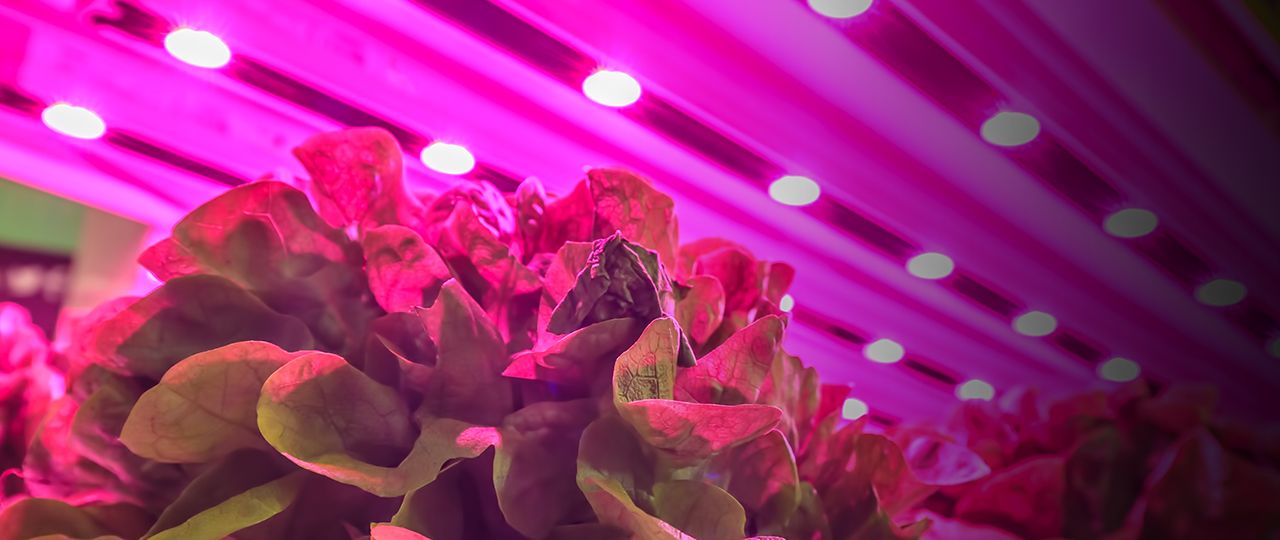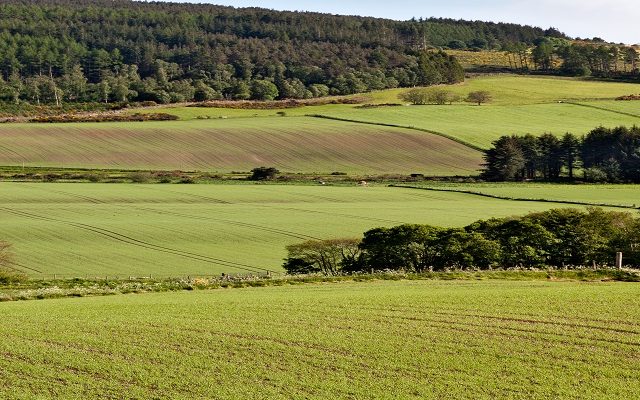Vertical farming – does it have a place on UK farms and estates?
Vertical farming is a topic that seems to have captured the imagination, leading to questions about its future role on farms and estates.
Earlier this year, online supermarket Ocadao announced that it was investing £17m in two vertical farming businesses, with a view to revolutionising the way that consumers access fresh produce.
Meanwhile, in the United States, capital has been pouring into private vertical farming businesses over the past two years, attracting the interest of leading technology investors and businesses like Ikea and Google Ventures.
What is vertical farming?
Vertical farming involves the production of food without the typical natural resources which are required, such as soil and sunlight.
There are three main types of vertical farming – hydroponics, aeroponics and aquaponics – but in all three the requirements of the plant are met using artificial light and soilless growth systems, which utilise different nutrient delivery techniques.
Hydroponics is where the plants roots grow directly in a nutrient-rich solution, where in aeroponics the plant roots grow freely and the nutrient-rich solution is sprayed onto them. In aquaponics, there is a combination of both technologies.
They are called vertical farms as the indoor growing areas are vertically stacked to maximise the use of space.
What’s the big attraction?
Growing crops in such a controlled environment can often result in a much faster production of food, irrespective of season, allowing for all-year-round production.
The nature of the environment mean that pests and diseases are also less of an issue, reducing the need for pesticides and cutting residues in food.
Vertical farms also offer more efficient use of resources such as land and water, using an estimated 70-80% less water than conventional farming and requiring 10-20 times less land.
One of the other big selling points of vertical farms is that they can be positioned in much closer proximity to the consumer than conventional farms, cutting down on food miles.
What crops are suitable for vertical farming?
Crops which are commonly grown in vertical farming systems are those with rapid growth potential and high market value, such as herbs, salads, pharmaceuticals and seed crops.
However, there are also examples of high value fodder crops being grown, such as barley sprouts for race horses.
What are the challenges?
The widespread adoption of vertical farming has, to date, been held back by the cost of technology which means the initial investment costs have been high.
Energy costs are also significant because of the lighting, heating, ventilation and air conditioning systems required, although this can be addressed where renewable energy sources are an option. Systems can also be very labour intensive.
It’s a fledgling industry and, as such, many vertical farming companies maintain control of the plant recipes and algorithms – in terms of the required lighting mix, temperature and growing conditions – regarding them as valuable intellectual property.
So does vertical farming have a future in the UK?
In recent times, the technology has been developing to make it much more accessible and some farming systems now claim to have achieved cost parity with conventional farming.
While it is still early days, there is growing interest among landowners in the potential of developing sites in unused farm buildings or shipping containers.
Vertical farming is increasingly looking like it may offer a realistic alternative to conventional production for some crops, producing them in a way which could ease food security and the environmental challenges of the future.






